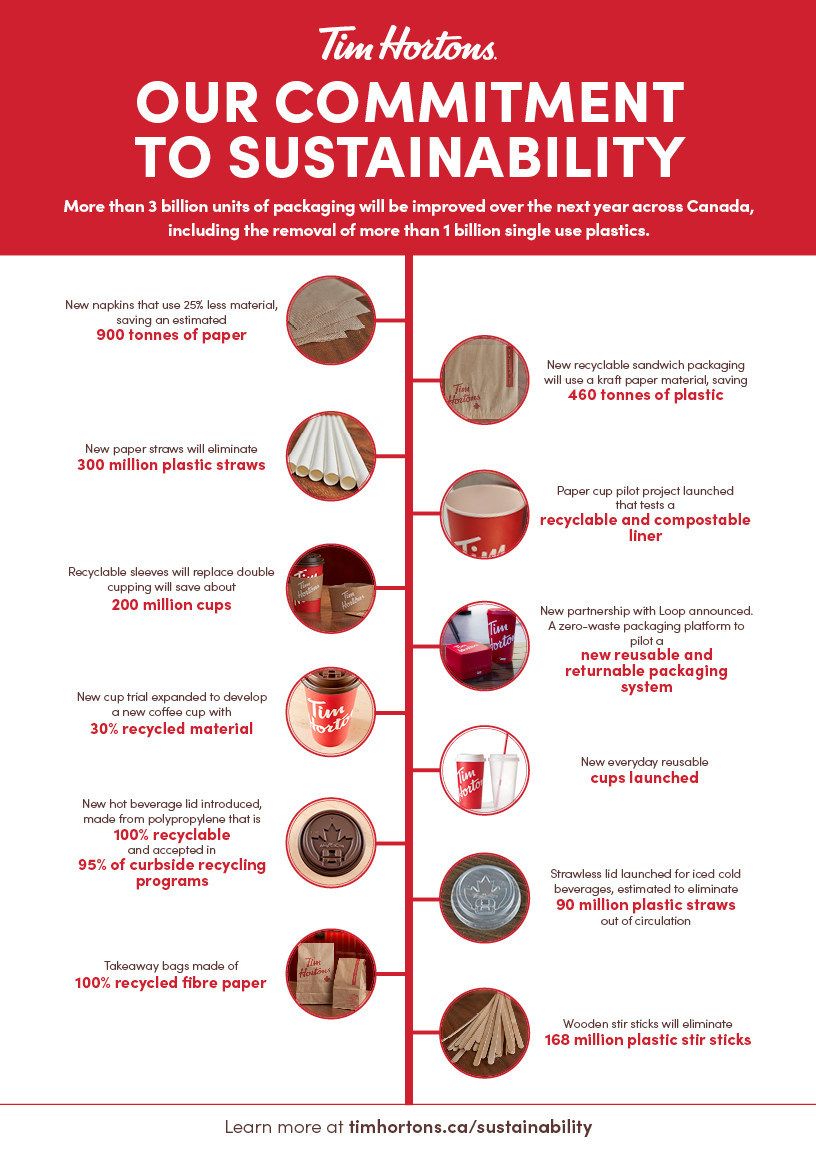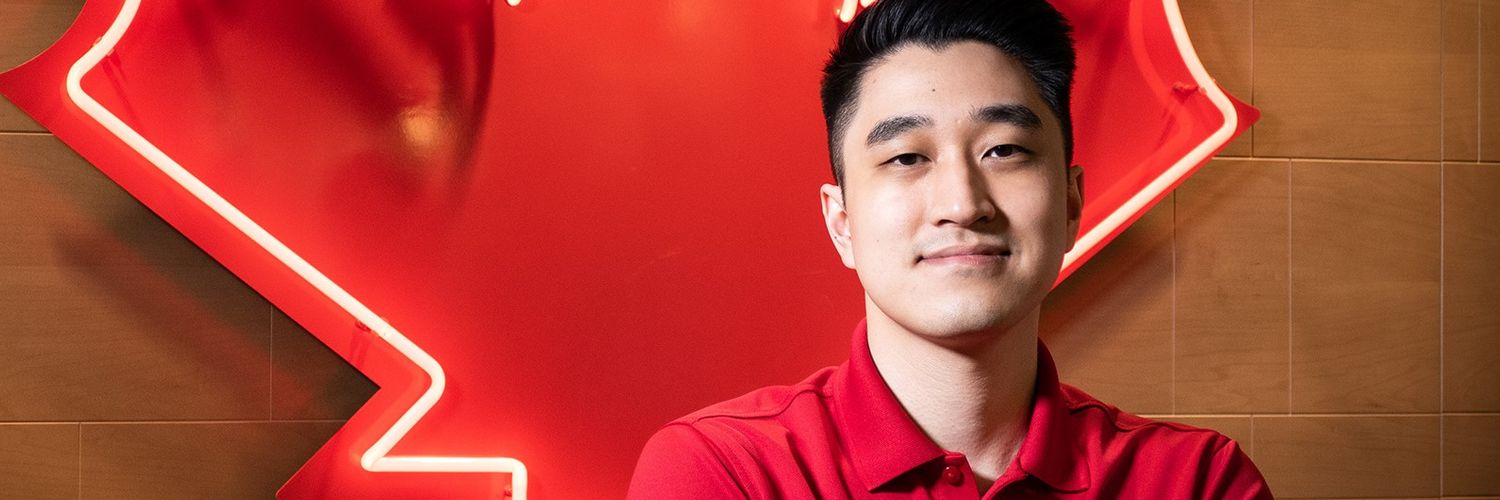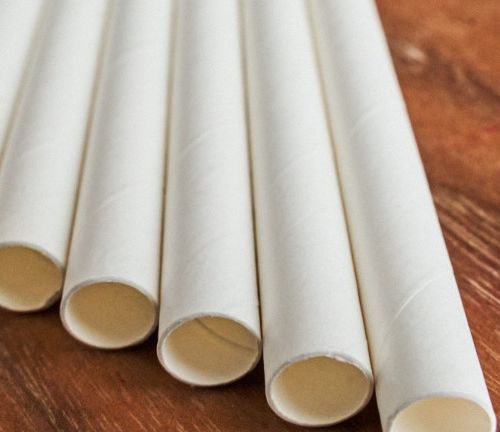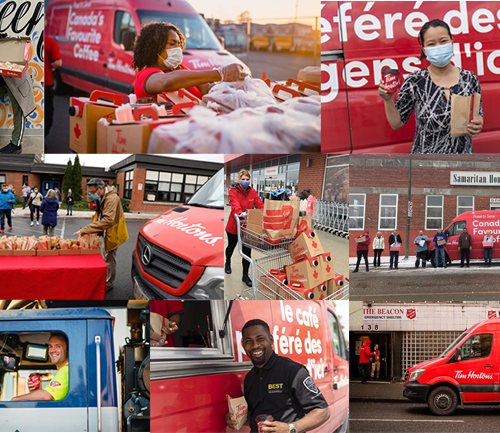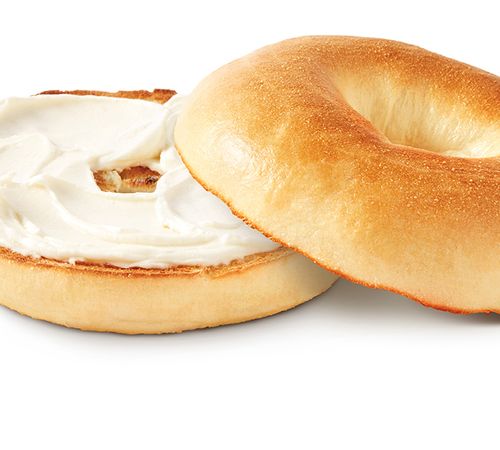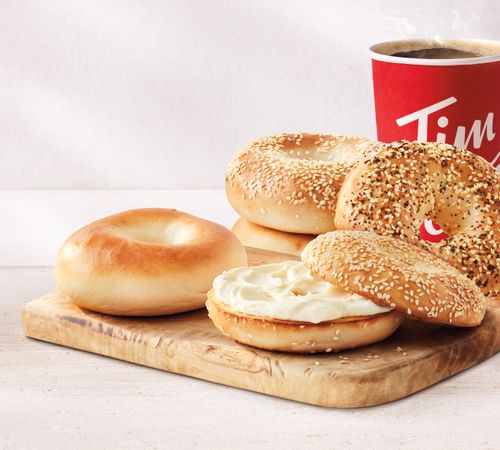We’re proud that Paul Yang, Director of Innovation & Sustainability for Tim Hortons, was recently recognized by the Globe and Mail's Report on Business magazine as one of 50 Changemakers in Canada, emerging leaders who are making a significant impact in shaping the future of the country through their work.
Paul was selected for his work in transforming our packaging and environmental impact. Paul has been tasked with evaluating the entire ecosystem of products and packaging that Tim Hortons produces, as well as advancing the broader sustainability strategy for the brand. He’s rethinking everything we do and is working hard to innovate, evolve and reinvent the Tim Hortons experience so we, together with our guests, can shape a more sustainable future.
We connected with Paul to talk about his work and sustainability at Tim Hortons.
I know you’ve been working really hard looking at every piece of packaging that Tim Hortons uses and evaluating how it can be improved from a sustainability standpoint. What is your approach to that analysis?
It starts with just really asking ourselves a fundamental question: Do we actually need to use it? The best outcome is when we can say no or find a path to getting to no. The industry has been habitual for a long time and we’re going back and questioning the way we’ve done things in the past. Double-cupping was a common phenomenon but we knew the answer to that super important question — do we actually need it? — was no. So we developed sleeves that would help us eliminate double-cupping without impacting guest experience. And we made sure the sleeves would be made with 100% recycled material and are 100% recyclable. Because of that change, we’re saving 200 million cups in Canada this year.
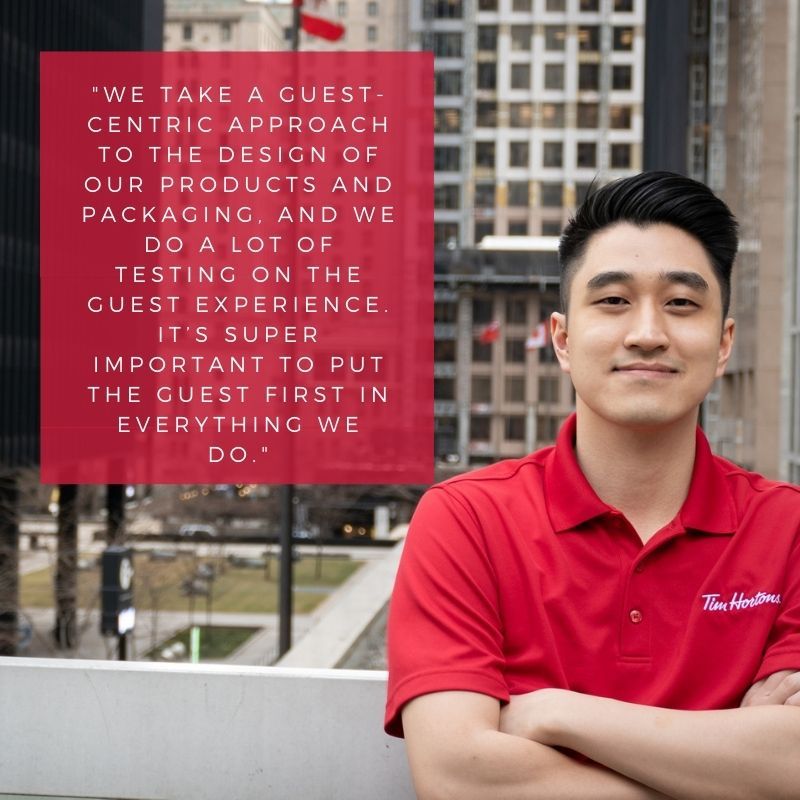
That was such an exciting moment, learning the impact of that change. 200 million cups!
It really was and it was a great example of how our work is not always about reinventing or innovating. Sometimes it’s about forgetting what we do today and asking ourselves how we’d want it to be if what we have today didn’t exist. We can be creative and do things a little differently to get a better outcome in terms of overall environmental impact.
We announced last year that we were in the process of phasing out plastic straws in favour of paper straws, and I understand we are getting close to being at 100% paper. How did the initiative to eliminate plastic straws get started?
When it comes to straws, we have certainly asked ourselves many times: do we need them? We seriously considered and debated that question but ultimately decided that eliminating straws entirely wasn’t an outcome that would enable the best possible guest experience for all of our beverages.
In 2019, we launched a strawless lid for iced cold beverages. But we knew we might not be able to develop a strawless solution for all cold beverages – for example, Iced Capps. So we started looking closer at alternate straw solutions for guests that would help us drive our sustainability agenda. It was obvious that plastic was going to be out of the equation. We researched a lot together with key stakeholders and found that plastic straws tended to be challenging to manage within the current recycling infrastructure.
So we started doing a lot of research on the performance of plastic straw alternatives and deep diving on paper straws. Not all paper straws are designed equally. We took a lot of time testing countless straws to look through many different designs and materials. Think of the engineering behind paper, how many plys of paper, how its formed, how it is sealed. All of these were important testing criteria to come up with a straw that we believe has the best performance in the marketplace.
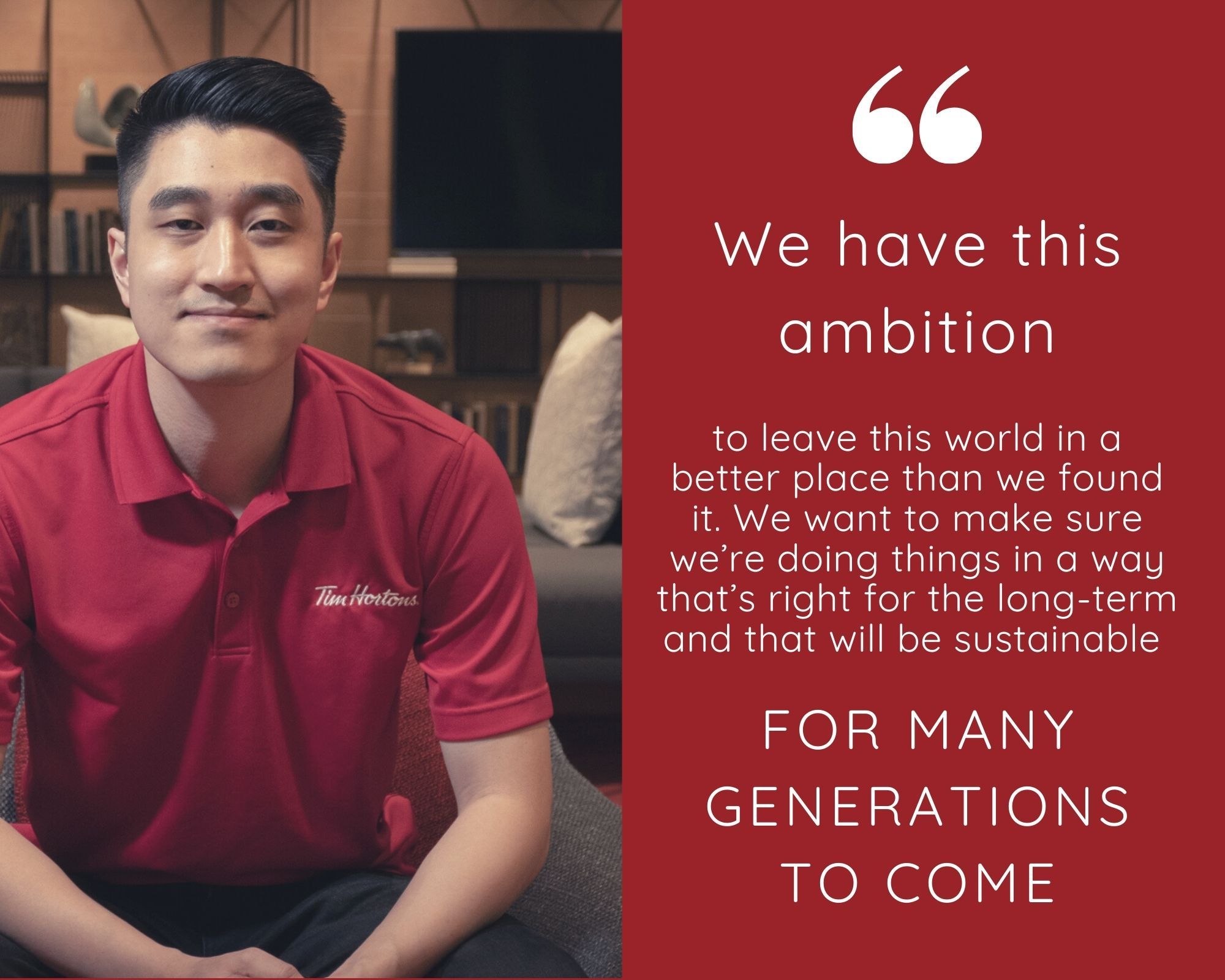
People might be surprised at how much testing went into rolling out the paper straw, even though many would think it would be an obvious decision to make.
We take a guest-centric approach to the design of our products and packaging, and we do a lot of testing on the guest experience. It’s super important to put the guest first in everything we do. Once we are happy with a product through research and development and lab testing, we put new products in restaurants in different regions of the country and get feedback directly from our guests. We get feedback on everything from performance attributes, to how they enjoyed the beverage, to the full guest experience. And, important to note, that the solutions don’t always exist. In these cases, we often work to create them or refine them so they meet our specific needs.
In our testing, we found that the overall guest experience between the old straw and the new had not changed. But when they learned about the impact they were making by eliminating the use of just one plastic straw at a time – we saw a significant jump in guest preference. That was our trigger to say yes, not only are we making the move we want to make — going to paper from plastic — but the guest experience is going to remain unchanged.
How would you describe Tim Hortons overall philosophy on sustainability?
When you look at the Tims brand, one of the things that’s intrinsic and really built-in to the DNA of the brand is serving our communities. Across the nation, that’s really what this brand is all about. When I think about what we do, it’s more than just selling a product or a food and a beverage to a guest. Before the pandemic, we served as hubs in communities where families and friends could gather and catch up over a coffee — and we know guests can’t wait for those old routines to return. Tims is about building support for important causes through fundraising campaigns like Camp Day and Smile Cookie. Timbits Sports supports 400,000 kids across the country on soccer fields and ice rinks.
Because of our community mission, we have this ambition to leave this world in a better place than we found it. We want to make sure we’re doing things in a way that’s right for the long-term and that will be sustainable for many generations to come.
